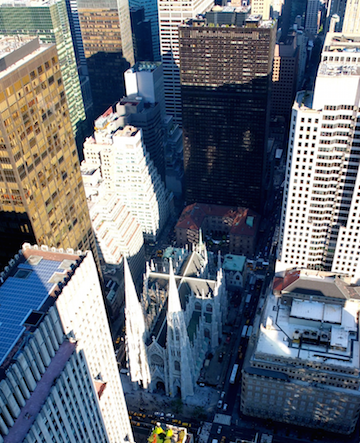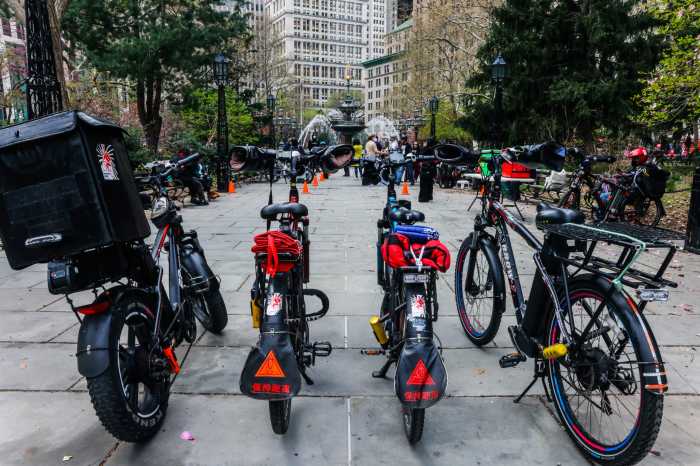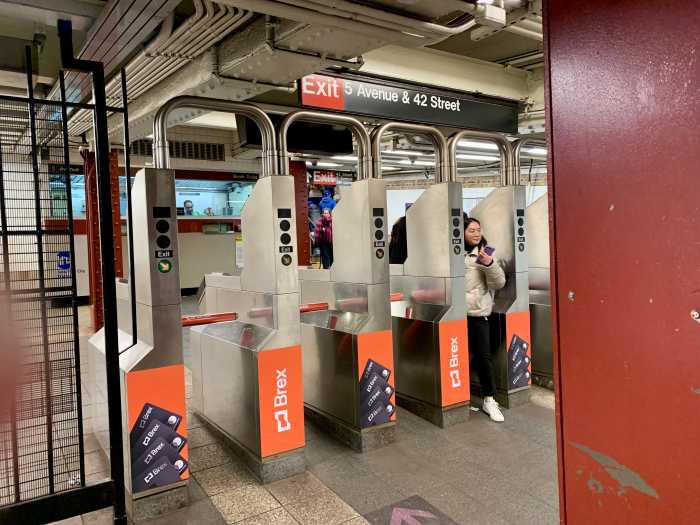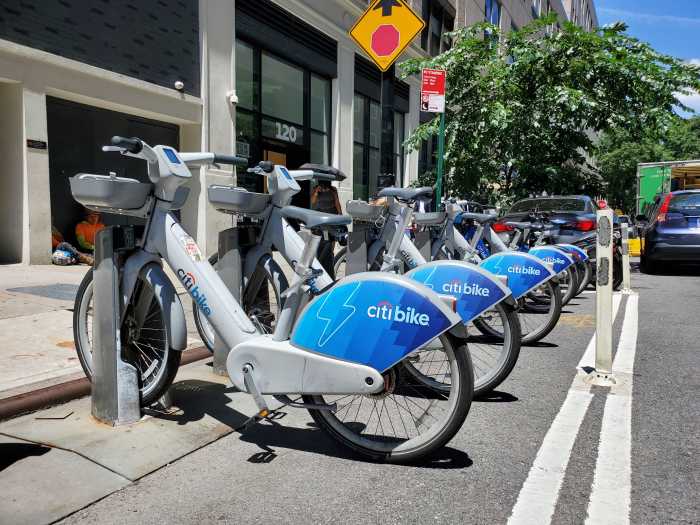
BY JACKSON CHEN | More than a year into discussions of rezoning Midtown East, a steering committee established by the city has released its final rezoning plan that is filled with dozens of recommendations.
The rezoning proposal, an initiative of the Department of City Planning (DCP), focuses on a 73-block area — bordered roughly by Second and Fifth Avenues and East 39th and East 57th Streets — that surrounds the iconic Grand Central Terminal.
If approved, the rezoning would provide incentives to attract the construction of modern commercial buildings to maintain Midtown East’s appeal as a business district.
The incentives would generally allow for developers to create bigger commercial buildings without discretionary review from the City Planning Commission or the Board of Standards and Appeals, so long as it meets zoning regulations and the developers support nearby transit improvements, public space beautification, and historic preservation.
At the same time, the proposal, released on October 29, includes a mechanism for the city to capture a portion of the value of air rights transfers made possible under the zoning changes.
Given the significant impacts expected from this rezoning, Mayor Bill de Blasio and Planning Commission Chair Carl Weisbrod created the East Midtown Steering Committee in September 2014 and designated Borough President Gale Brewer and City Councilmember Dan Garodnick as co-chairs. The committee is comprised of local officials and community stakeholders and met 20 times, beginning on September 30, 2014, to formulate its extensive 102-page report.
“We are delivering a framework that will unlock the economic potential of this world-class business district, while preserving our historic resources and ensuring that the public derives a benefit from new development projects,” said Garodnick.
The steering committee report included recommendations regarding sustainable development, historic preservation, and the creation of a new governing entity to oversee public funds generated from the air rights transfers.
Under the plan approved by the committee, owners of landmarked building, most of which have low heights, can sell their unused air rights to any high-rise developer in the area. However, the committee recommended somewhere between 20 and 40 percent of the value of these air rights transactions be earmarked for to a newly created public fund dedicated to the improvement of public spaces and transit access. This East Midtown Improvement Fund, which would operate in a “lock box” style, would be overseen by a governing body tasked with balancing government input and “highly-qualified outside voices” on how best to target projects for support.
The report estimated that the total amount of such transferrable development rights made available by historic landmarks’ air rights transfers in Midtown East could amount to four million square feet. The steering committee, mindful of the risk of funds simply sitting stagnant in untouchable coffers, recommended the city invest in creating a “Concept Plan” detailing the range of public space projects to consider and the criteria by which to make selections.
The steering committee also recommended that the city’s Landmark Preservation Commission calendar and designate as many buildings as it deems worthy of preservation within the Midtown East rezoning borders before the plan moves forward. Despite the Midtown East area being home to several landmarks –– such as Grand Central Terminal, the Chrysler Building, and the Waldorf-Astoria Hotel –– the committee said there are at least 30 properties within the rezoning proposal’s borders that could merit a landmark designation.
Throughout the dozens of recommendations in the report, the committee emphasized the goal of making developers subject to standards that would score a gold Leadership in Energy and Environmental Design (LEED) designation and help reduce the city’s carbon emissions.
“These recommendations will help enhance the East Midtown area as a world class commercial district in the 21st century” said Brewer. “They will ensure that development doesn’t happen haphazardly and that landmarks, open space, and transit upgrades are at the forefront of the development process, rather than an afterthought.”
Prior to this large-scale rezoning proposal, a five-block area along what is known as the Vanderbilt Corridor was rezoned by the City Council to allow for a 63-story tower at the intersection of East 42nd Street and Vanderbilt Avenue. In winning approval for the project, developer SL Realty had to provide for roughly $210 million in infrastructure improvements to Grand Central Terminal across the street.
Following in that approach, the much-larger Midtown East rezoning would also tie development approval to financial support for nearby transit improvements. According to the steering committee report, this approach could have a major impact on improving bus service in the neighborhood as well as airport access.
Now that the report is submitted, the steering committee’s recommendations will be subject to the city’s Uniform Land Use Review Procedure that includes reviews by the Planning Commission among other city agencies, before final approval by the City Council.
“The East Midtown Steering Committee report provides an extremely constructive framework to advance the second track of our strategy to strengthen East Midtown as New York’s premier business district,” said Weisbrod.




























